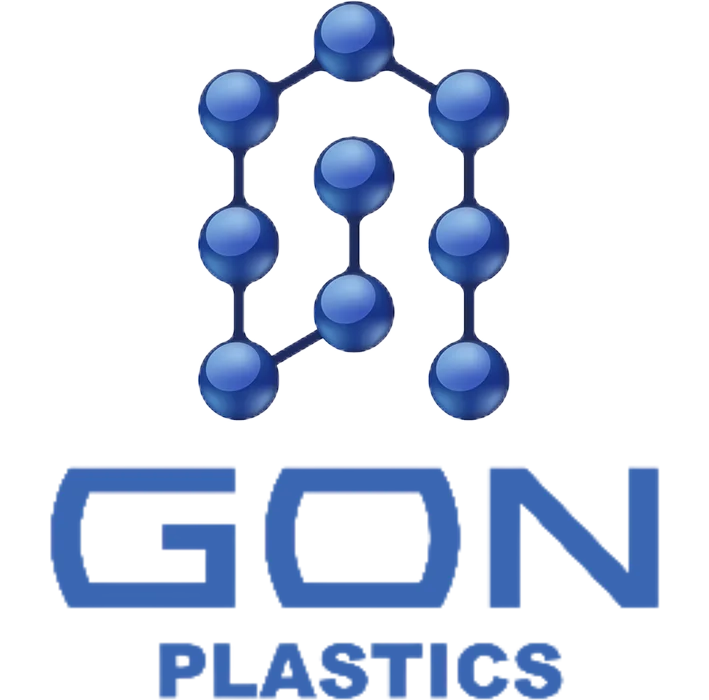How Is Polypropylene Plastic Made
Discover the fascinating process behind the creation of polypropylene plastic in our detailed guide on how this versatile material is made. From its origins as a byproduct of petroleum refining to its wide range of applications in everyday products, learn about the intricate steps involved in the production of this essential plastic and gain a deeper understanding of its importance in our modern world. Dive into the world of polypropylene manufacturing and uncover the secrets behind this ubiquitous material.
Polypropylene plastic is a versatile material that is commonly used in a wide range of products, from food packaging to automobile parts. Understanding how polypropylene plastic is made can provide insight into its unique properties and applications. In this article, we will explore the process of manufacturing polypropylene plastic, from its raw materials to its final form.
1. The Origins of Polypropylene Plastic
Polypropylene plastic is a type of thermoplastic polymer that is derived from propylene, a byproduct of petroleum refining. The production of polypropylene plastic begins with the extraction of propylene from crude oil or natural gas. Propylene is then polymerized, or chemically bonded, to create long chains of repeating monomer units. These chains form the basis of polypropylene plastic, giving it its characteristic strength and flexibility.
2. The Polymerization Process
The polymerization of propylene into polypropylene plastic can be accomplished through several different methods, including Ziegler-Natta catalysts, metallocene catalysts, and Phillips catalysts. Each method has its own advantages and disadvantages, depending on the desired properties of the final product. In general, the polymerization process involves mixing propylene gas with a catalyst and a solvent in a reactor chamber, where the monomer units bond together to form long chains of polypropylene plastic.
3. Extrusion and Molding
Once the polypropylene plastic has been polymerized, it is typically extruded or molded into its final form. Extrusion involves heating the plastic to a molten state and then pushing it through a die to create a specific shape, such as a sheet or a tube. Molding, on the other hand, involves injecting the molten plastic into a mold cavity and allowing it to cool and solidify into the desired shape. Both extrusion and molding are important steps in the manufacturing process of polypropylene plastic, as they determine the final dimensions and properties of the finished product.
4. Additives and Fillers
In addition to the polymerization process, polypropylene plastic may also be modified with additives and fillers to enhance its performance and appearance. Additives such as stabilizers, plasticizers, and colorants can improve the plastic's resistance to UV radiation, heat, and chemicals, as well as its color and texture. Fillers, such as glass fibers or mineral powders, can strengthen the plastic and reduce its cost. By carefully choosing the right combination of additives and fillers, manufacturers can tailor the properties of polypropylene plastic to meet specific application requirements.
5. Recycling and Sustainability
As a thermoplastic polymer, polypropylene plastic is recyclable and can be reprocessed into new products through mechanical or chemical recycling processes. Mechanical recycling involves shredding and melting used plastic to create new materials, while chemical recycling breaks down the plastic into its original monomer units for further polymerization. Recycling polypropylene plastic can help reduce waste and conserve natural resources, making it a sustainable choice for manufacturers and consumers alike.
In conclusion, polypropylene plastic is a versatile material that is made through a complex process of polymerization, extrusion, and molding. By understanding how polypropylene plastic is manufactured, we can appreciate its unique properties and applications, as well as its potential for recycling and sustainability. As a leading manufacturer of polypropylene plastic products, GON Plastics is committed to producing high-quality, environmentally friendly materials for a wide range of industries.
Conclusion
In conclusion, understanding how polypropylene plastic is made is key to appreciating its versatility and widespread use in the market. With over 25 years of industry experience, our company continues to stay at the forefront of innovation and quality in the production of polypropylene plastics. As we strive to meet the evolving needs of our customers and the demands of the industry, we remain committed to delivering high-quality products that meet and exceed industry standards. The process of creating polypropylene plastic may be complex, but with our expertise and dedication to excellence, we are able to produce top-notch products that benefit a wide range of industries. Thank you for following along on this journey to uncover the fascinating process behind polypropylene plastic production.



